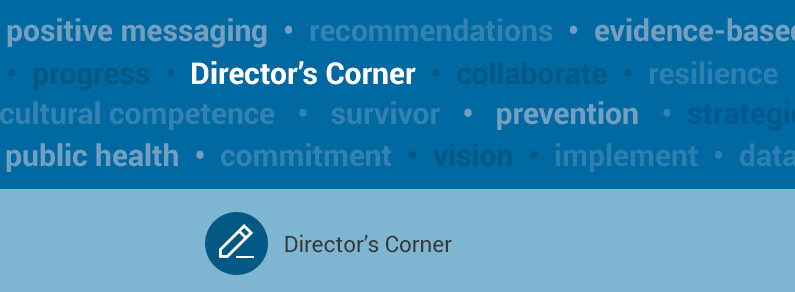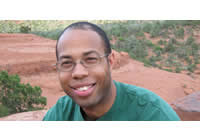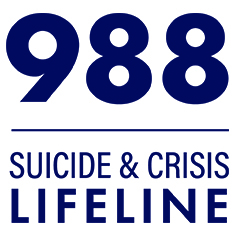Moving Forward with Attempt Survivors
April 30, 2014

The suicide attempt survivor movement had its origins in courageous acts of self-disclosure by a small number of pioneers who worked to shed the oppressive weight of stigma, shame, and silence. By writing, speaking, and networking, they helped attempt survivors get a seat at the suicide prevention table. Early progress was heralded by events like the 2005 First National Conference for Survivors of Suicide Attempts, Health Care Professionals, and Clergy and Laity, co-sponsored by the Organization of Attempters and Survivors of Suicide in Interfaith Services (OASSIS) and the Suicide Prevention Action Network (SPAN-USA); the National Suicide Prevention Lifeline’s 2007 Attempt Survivor Advisory Summit Meeting, and SAMHSA’s 2010 Building Bridges: Suicide Prevention Dialogue with Consumers and Survivors. Attempt survivor leadership in the Lifeline’s Consumer/Survivor Subcommittee has enabled many initiatives to benefit from lived experience since 2005.

In the past few years a larger grassroots movement has been developing. Growing numbers of people who have lived through suicidal experiences are becoming connected through internet groups and social media. Blogs such as Talking About Suicide and Live Through This give voices to – and show faces of – attempt survivors. The New York Times recently reported on this growing movement in an article titled “Suicide Prevention Sheds a Longstanding Taboo: Talking About Attempts.”
Champions and allies within the field of suicide prevention have joined with attempt survivors to push for change. The Suicide Attempt Survivors Task Force of the National Action Alliance for Suicide Prevention is about to release a seminal report on attempt survivors with recommendations from the perspective of lived experience. A Summit Meeting held in March 2014 brought together the Suicide Attempt Survivors Task Force with the Zero Suicide Workgroup. This spring, the American Association of Suicidology (AAS) approved a new membership division for Suicide Attempt Survivor/Lived Experience. The 2014 AAS annual conference hosted keynotes and panels featuring attempt survivors which were well-attended, garnering tears and standing ovations.
We are witnessing an important surge of attempt survivor activity. Now is the time to get involved and help emerging leaders become catalysts for new and improved suicide prevention efforts. What can the suicide prevention community do to help? I offer four ideas:
1. Identify opportunities for partnerships with attempt survivors and collaborate with emerging leaders on projects to move the field forward.
2. Create thoughtful and appropriate messages that can be used by attempt survivor advocates to unite their passion for public awareness with positive personal and community action.
3. Develop evaluation and research plans that help ensure that well-intentioned efforts have the desired effects of helping others rather than iatrogenic effects that may produce harm.
4. Disseminate and implement the recommendations in the forthcoming report from the Suicide Attempt Survivors Task Force The Way Forward: Pathways to Hope, Recovery, and Wellness with Insights from Lived Experience.
Note: On May 14, 2014, Dr. Lezine will be the featured speaker on a webinar titled “Exploring Research and Practice for Populations at Increased Risk of Suicidal Behaviors.” This webinar will be hosted by the Injury Control Research Center for Suicide Prevention and archived on its website.
